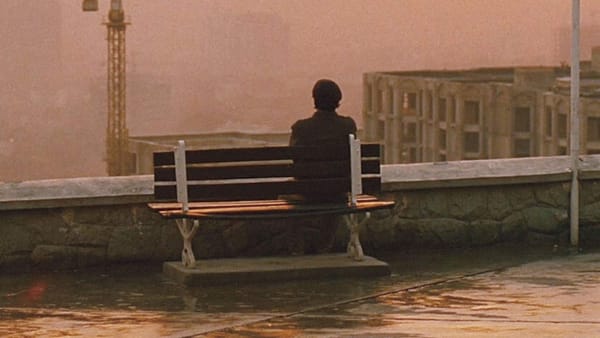'58-'73: The French New Wave
The French New Wave film movement emerged in post-war France as a reaction to traditions & norms resulting in personal works that remain influential even today.

Nouvelle Vague or widely known as the French New Wave is arguably the most popular and significant film movement in the history of cinema. Emerging in the late 50s as a reactionary and revolutionary movement in post-war France, the filmmaking saw a rise in passionate individuals hungry for a culture and art that is personal, suiting the economy and widespread desires for creative expressions. Jean Renoir, a key filmmaker of French film history, had once mentioned to the famed member of French New Wave, Jacques Rivette, that he sees the French New Wave as equivalent to the impressionist movement. Filmmakers and their works not only attained the vibrancy, vitality and freedom of impressionist art but also rejected traditions, production norms, studio-level budgets in shooting hand-held at local spots and expressing first-hand impressionistic experiences if not autobiographical stories. Despite the film theorist and critic André Bazin-popularised auteur theory, which remains divisive till date, the rebellion can be equally attributed to bold actors, editors and cinematographers as much as the directors. Although, everyone from the architectonics-fascinated Left Bank (Chris Marker, Alain Resnais, Agnès Varda and Jacques Demy) to fervorous cine-crazed Cahiers critics turned-directors (Jean-Luc Godard, Éric Rohmer, François Truffaut, Claude Chabrol and Jacques Rivette) made a firm and immediate impression as visionary artists capable of upending everything that came before.
About fifty years from the movement’s dusk, the exuberance and glory of these films remain unsurpassed and if anything the anachronism of these works remains merely a mis-assumption in the wider circles outside highly cinephilic ones.
Given the depth and breadth of the movement and filmmakers’ works, we at TPCC took up the challenge to condense them not just to present popular choices but what we thought would shed more light on how diverse the filmmakers are and how boundary-pushing their film language became as time went on. Any narrow definition of a new wave film or filmmaker sees no room on the curators’ table at TPCC as select filmmakers from the Outer banks are also considered emphasizing the significance of the more sidelined works of the era and the later reverberations of the movement. A movement after which cinema was never the same, and in retrospecting in the upcoming months we would gladly wish the same on anyone who joins us in examining the iconoclasm and eternal spirit of Nouvelle Vague.




